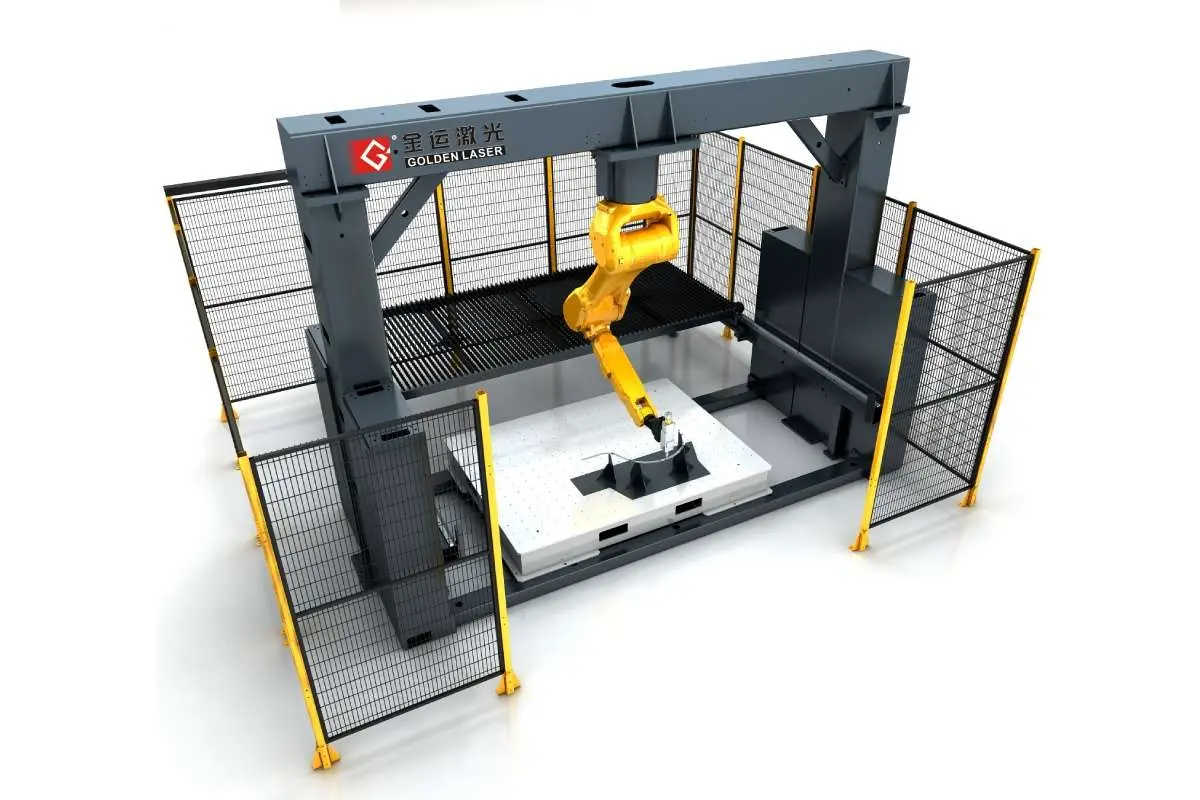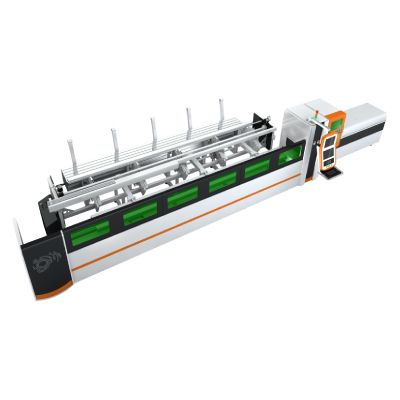****
In the realm of manufacturing and fabrication, the introduction of CNC (Computer Numerical Control) technology has significantly revolutionized how materials are processed. One of the standout advancements in this domain is the CNC fiber laser cutter. Combining precision, efficiency, and unmatched versatility, these sophisticated machines are now pivotal in various industries, from automotive to aerospace and beyond. In this article, we will explore what CNC fiber laser cutters are, how they work, their applications, and the benefits they bring to modern manufacturing.
What is a CNC Fiber Laser Cutter?
A CNC fiber laser cutter is a cutting machine that utilizes a fiber laser as its primary source of energy to cut through various materials like metals, plastics, and composites. The fiber laser technology employs a solid-state laser that produces high-intensity light, which is concentrated through fiber optics. This enables the beam to be focused into a tiny point, resulting in exceptional beam quality and cutting precision.
Unlike traditional CO2 lasers, which can be bulky and require a considerable amount of maintenance, fiber lasers are compact, efficient, and require less power for operation. This makes them not only cost-effective but also more environmentally friendly.
How Do CNC Fiber Laser Cutters Work?
The operation of a CNC fiber laser cutter involves three key components: a laser generation system, a beam delivery system, and a cutting head.
1. **Laser Generation:** The fiber laser generates light from a rare Earth element-doped fiber glass, which is then amplified to produce a high-energy beam. This laser beam is essential for achieving the required cutting power.
2. **Beam Delivery:** The generated laser beam travels through fiber optic cables. These cables are extremely efficient at transmitting the laser light without significant loss of power, which enhances the overall efficacy of the cutter.

Understanding the Importance and Benefits of CNC Fiber Laser Cutters in Modern Manufacturing Industries
3. **Cutting Head:** The cutting head is equipped with a set of powerful lenses that focus the laser beam through a nozzle onto the workpiece. The cutting process involves either melting, burning, or vaporizing the material depending on the thickness and type.
Because the entire process is computer-controlled, CNC fiber laser cutters can produce intricate shapes and designs with remarkable accuracy. The software allows operators to input designs that the machine follows precisely, reducing the risk of human error.
Applications of CNC Fiber Laser Cutters
CNC fiber laser cutters are employed across diverse industries, where high precision and speed are crucial. Some common applications include:
– **Metal Fabrication:** In industries like construction and automotive, CNC fiber laser cutters are utilized to manufacture parts from various metals, including steel, aluminum, and titanium.
– **Aerospace:** The aerospace industry relies on precise and lightweight components. Fiber lasers can cut complex geometries in tough materials while minimizing the risk of material deformation.
– **Manufacturing Artwork:** Artists and designers use CNC fiber laser cutting for crafting detailed pieces, including sculptures and decorative elements, which demand meticulous attention to detail.
– **Signage Production:** Businesses often require precise signage solutions, and CNC fiber laser cutters provide the quality and accuracy needed for creating intricate signs and logos.
Benefits of CNC Fiber Laser Cutters
The adoption of CNC fiber laser cutters in manufacturing offers numerous benefits:
1. **High Precision:** With the ability to achieve tight tolerances, these cutters produce clean edges and accurate cuts, reducing the need for post-processing.
2. **Increased Speed:** Fiber laser cutters operate faster than traditional cutting methods, allowing manufacturers to enhance productivity and meet tight deadlines.
3. **Lower Operating Costs:** These machines have lower power consumption and maintenance costs compared to CO2 lasers, translating into significant savings over time.
4. **Versatility:** CNC fiber laser cutters can handle various materials, including metals, plastics, and even wood, making them suitable for numerous applications.

Understanding the Importance and Benefits of CNC Fiber Laser Cutters in Modern Manufacturing Industries
5. **Minimal Material Waste:** The focused beam minimizes kerf (the width of the cut), which helps in reducing material waste and optimizing the use of raw materials.

Understanding the Importance and Benefits of CNC Fiber Laser Cutters in Modern Manufacturing Industries
Conclusion
CNC fiber laser cutters have emerged as a game-changer in the manufacturing sector, enabling more efficient production processes and ensuring higher quality outputs. Their ability to deliver precision, versatility, and cost-effectiveness makes them an invaluable asset in various industries. As technology continues to evolve, the capabilities of CNC fiber laser cutters are expected to advance, further solidifying their essential role in modern manufacturing practices. Adopting such cutting-edge tools will undoubtedly bolster competitiveness and innovation within the ever-evolving landscape of manufacturing. Steel Automatic Cutting Machine

